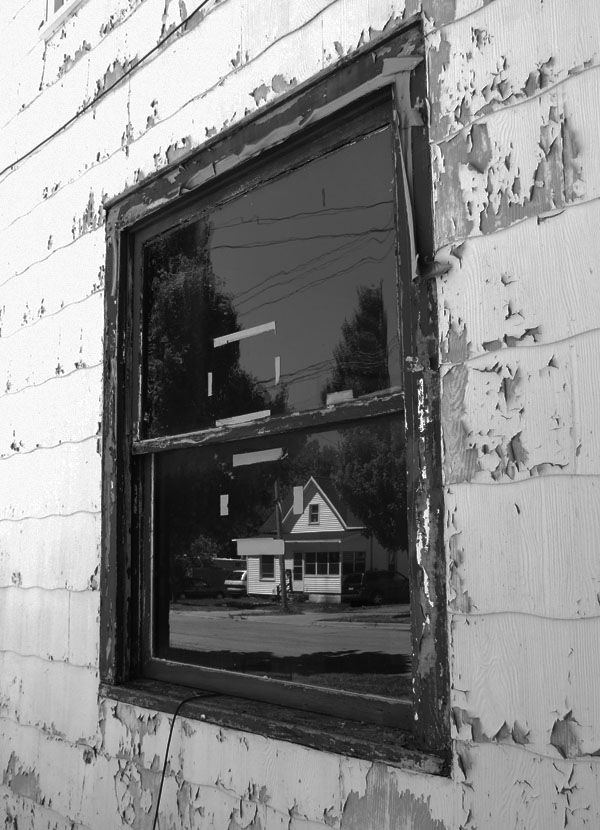“Writing’s visual forms possess an irresolvably dual identity in their material existence as images and their function as elements of language. Because of this fundamental dualism, writing is charged with binary qualities. It manifests itself with the phenomenal presence of the imago and yet performs the signifying operations of the logos” (Johanna Drucker, “The Art of the Written Image,” Figuring the Word, 57)
While analysing the visual properties of writing in a captivating essay on “The Art of the Written Image,” Johanna Drucker perceives writing as encompassing two layers of signification: the visual and the linguistic codes, or, what she labels, the imago&logos duality. And the author goes on conceiving a definition that translates writing’s visual/verbal substance as she explains “it [writing] is both an object and an act, a sign and a basis for signification, a thing in itself and something coming into being, a production and a process, an inscription and the activity of inscribing” (57). To decipher writing’s dual nature requires to identify and interpret the meaning located at the intersection where the two binary qualities manifest themselves for the logos of writing ( the text’s linguistic content) intermingle with the imago of writing (the shape of the letter, the space between words and sentences, the arrangement of the text as a whole on a page). Thus, writing’s discourse gains complexity and, consequently, not only the text is necessary for its understanding, instead this newly-formed textual system in which the richness of signification broguht by the imago of writing comes into play as well. In this light, the context displayed by Mallarme’s “A Throw of the Dice”can be identified with the text and its placement on the page, or as Drucker says, “the space of the page as a space and his careful measure of the relative weight of words as forms on the page” (115).
Page three of the poem, the one brought into discussion for the theme on temporality, starts on the left page with “BE that the ABYSS whitened slack maddened on the slope slides desperately a wing its own al-” (each word on a single line with the exception of “slides desperately” placed one near the other) and continues on the right page adding to the last word “al-“ its last letters “-ready fallen because the flight was badly planned.” The ending lines on this page “its gaping deep so much that the shell of a ship pitched from side to side . . . “ foresees a “shipwreck” both by means of the linguistic and visual codes in the sense that the single sentence of the poem stretched on these two pages lacks any punctuation marks as there isn’t a full stop to signal a definite end, instead the poet prefers the use of the ellipsis signaling a suspension point, an endless abyss, which can be visually associated with something that is floating until is dissolved into nothingness or even an unfinished thought. In other words, the context can be located in the poem’s imago& logos duality, which conveys the generally-falling movement of the text. As Mallarme himself confesses in a letter to Andre Gide with regard to the intended effect through his free positioning of words in“A Throw of the Dice,” “Thus this attempt, a first, this groping did not shock you; it is still presented badly. . . . The poem is being printed, now, as I conceive it; regarding the pagination, where all the effect lies . . . The constellation will stand out there, accurately and as much as a printed text can convey, inevitably the appearance of a constellation. The ship passes from the top of one page to the bottom of the other, etc.”
